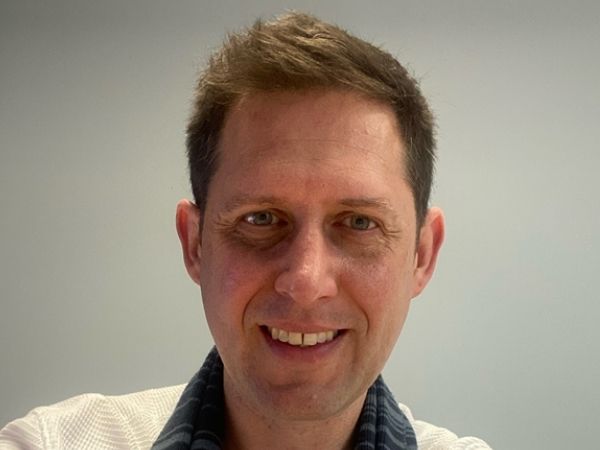
Mieszko Iwaskow
There’s a lot going on at Auckland Transport. Over the next ten years, the organisation aims to deliver faster and more frequent buses and trains, more than 200km of new cycleways and shared paths, and make significant progress towards decarbonising the city’s public transport fleet.
It’s complex, large-scale work that needs clever thinking – and for Mieszko Iwaskow that means using design-led thinking, a thought process used to understand a problem, challenge assumptions and create solutions in a way that puts the user first.
“I genuinely believe it helps you get to a solution quicker,” Iwaskow says.
“When you get into complex projects that have tight timeframes or tricky budgets, your perspective narrows and you start to focus on what you’re trying to build rather than who you’re trying to build it for. So that’s where design-led thinking is so important because you can use it as a way to bring people back to purpose.”
And you can do that at any point throughout a project, not just in the design phase, Iwaskow says.
“Sometimes during construction you need to step back, put yourself in other people’s shoes and think about some of the big problems. Is there a way that we could come at things slightly differently to improve the experience for people out there?
“You can do that in planning, design, construction, operations – there’s no particular point in time that it works best. In saying that, if you do embed design-led thinking early, before you’ve put a spade in the ground, you can get a huge amount of benefit.”
Iwaskow and his colleagues use a range of design-led thinking tools to help guide a cross-functional team from across the business, with a focus on relationships and partnerships.
“If we’re going to deliver a huge programme of work – and we’re talking billions of dollars a year, for example projects that involve AT, Kāinga Ora and Waka Kotahi – we need to partner well, we need to understand our customers, and we need to do it together.
“So we asked ourselves, who are the key relationships, who are the people we need to influence, what’s driving them, what are they thinking? And how can we leverage these relationships in a more strategic and meaningful way?”
Iwaskow says a key part of design-led thinking is ensuring diversity of thought, and AT has found success by bringing together people from different parts of the business for workshops and sprints.
“We’ve had people in the room focusing on a problem that’s not just their own, it’s a shared problem. So you’ve got the benefit of people being more connected and joined up across the business, and you can see that happening immediately.
“This way of working tends to be more individual driven rather than being something that we just do as part of our DNA in the business, so that’s the shift we’re trying to make over time. We’re trying to realign ourselves as a business to drive our whole programme of work, because if we did it in the traditional way, we would get quite stuck.”
Design-led thinking is a new concept for many people, but Iwaskow encourages everyone to give it a go.
“Being open minded and taking the ‘risk’ of going to a workshop is not actually a risk. I find many people will go in there with a bit of apprehension around whether they will get value out of it or not, but a lot of people come out saying it was actually really good and they want to learn more.
“So I really encourage people to dip their toe in and see where that leads.”
There is growing community of design-led thinkers and Iwaskow says it’s a network with great benefits.
“It’s not just the design led experts either client side and consultancy side, there are people who really believe in this, and you’ve got to draw on those networks and learn from each other.
“Many clients and consultancies are going though similar things, for example trying to introduce new ways of working to engineers who have always worked in a traditional way, so you have to make sure you’ve got networks across organisations because you need the energy off each other to move it forward.”
